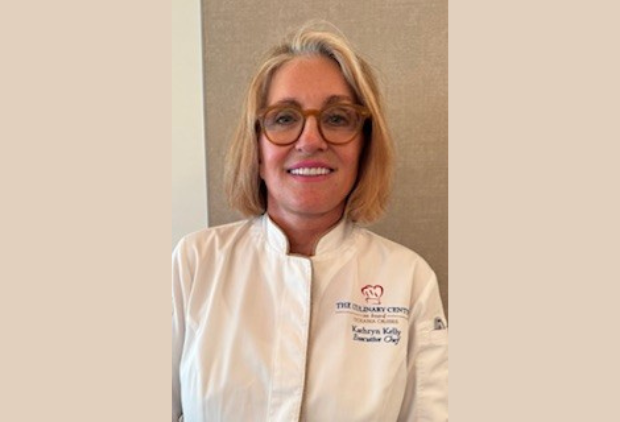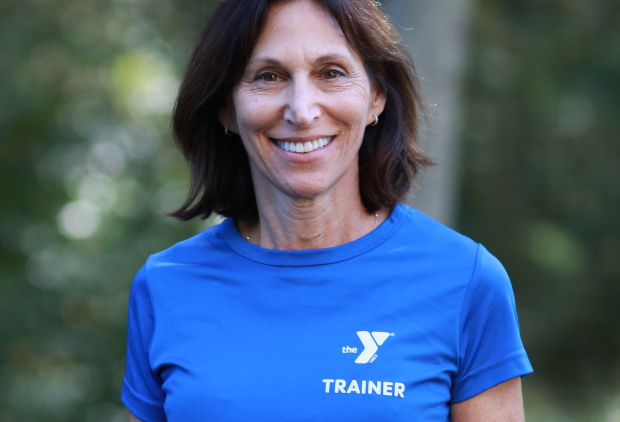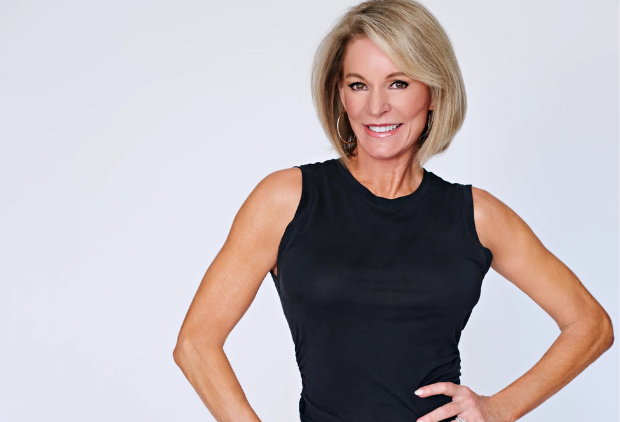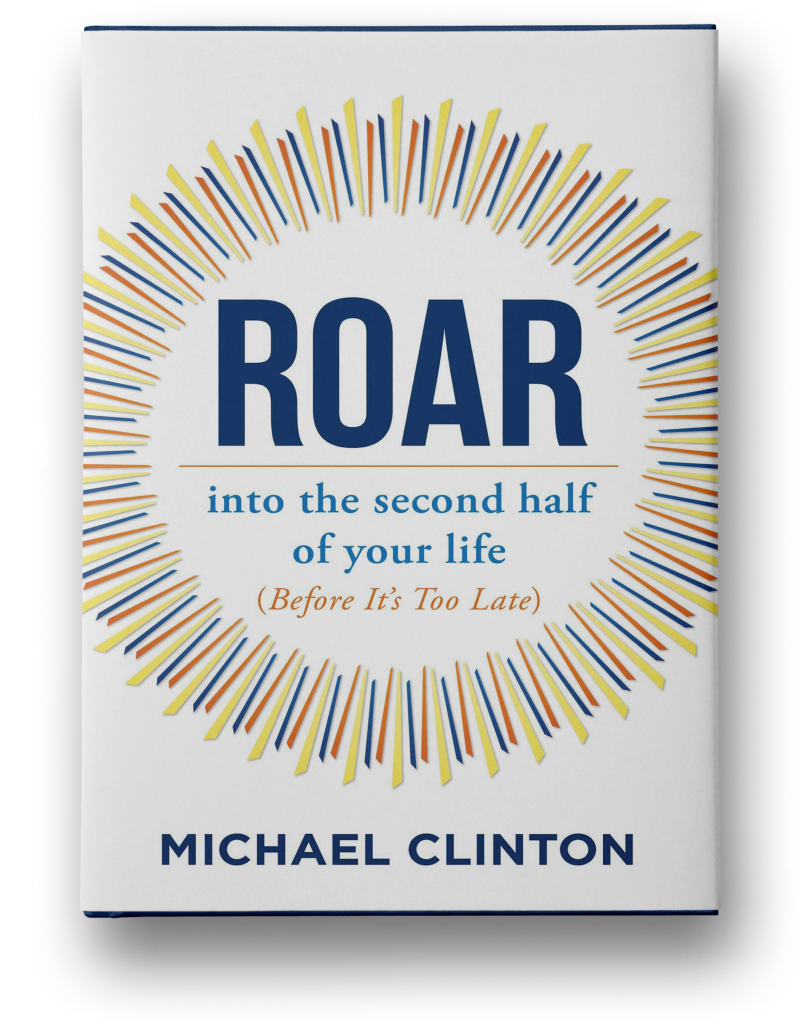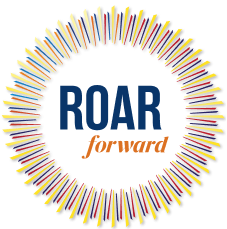You have built a new career as a photographer who focuses on older sportsmen and women, as well as being and you are a speaker and writer on the topic. How did this all happen?
I switched from being a sports-loving academic to a photographer some 15 years ago. I had just turned 60, and I couldn’t find any images of older sportsmen and women to critique in a new research project I was planning. I did a Google image search, but the word ‘older” overrode anything else and, what’s more, the images it brought up were overwhelmingly depressing. All I found were pictures of moribund-looking individuals slumped in care home chairs. If this was the dominant visual narrative around aging, who’d want to get old? Where were the images of the vibrant active people I knew who were living joyful lives of community and purpose, pushing themselves to reach new sporting goals, making new friends, and traveling to new places in the process?
It seemed like this was a gap, if not in the market, then certainly in our cultural understanding of what getting older was all about. If no one else was taking positive images, why shouldn’t I? I wanted to target sport because sport demands a physicality that’s the mirror opposite of what I was seeing in these dreadful images. Far from showing dependency, immobility and suffering, I knew I’d find evidence of the agency, energy, and joy that sporting achievement and community can bring.
These were the seeds for my project. I bought a camera, found myself a photography tutor, and started learning about the world of masters sports. I traveled to championships where competitors and teams compete in five-year age bands from 35+ right up to 105+. Who knew? I discovered the wonderful, big-hearted community of track and field masters athletes and learned about astonishing world records being made and broken. And I found what a gift these people were to the photographer.
Aging isn’t about one thing, just as youth isn’t either and these athletes showed visible signs of both strength and frailty. I was sick of the “you only look good if you look young” mantra and these people looked, in my opinion, absolutely marvelous—full of life, joy, and vigor–yet, given that they trained and competed in all weathers, they had all the lines and wrinkles of their age alongside their strong musculature. Here was a nuanced story about getting old and one I wanted to get across in my photographs.
I began writing and talking about the people I was photographing by default. I hadn’t thought through in advance how I was going to get my images across to any viewing public once I’d managed to take them. I started talking to friends and neighbors, then in small groups, showing them my images. I discovered that people were interested in the stories behind the athletes. How had they started competing? Was this something they had done all their lives? The talks grew in size and frequency. I talked to schools and to corporations. I learned about social media. I gave small exhibitions and then larger and more public ones. My project took on a life of its own. It’s all been unplanned, to put it mildly, and at this stage in my life, I’m delighted for it to continue to surprise me.
As you work with older athletes, what can you share about their attitudes, ideas, and approach to life? How many individuals have you photographed? You’ve also produced a short film. What was that like?
One of the key lessons I’ve learned from the athletes I photograph is that they are not superhuman. They share the same setbacks, illnesses, losses, and bereavements with the rest of us. They have cancers, heart issues, and strokes, not to mention perhaps more injuries than those of us who are not quite so active. What sets them apart is that they look to the other side of whatever it is they’re going through. As one athlete put it, talking about her journey through two unrelated cancer surgeries, “Getting back to the track was the carrot constantly dangling in front of me.”
They are always grateful to be fit enough to continue to compete; it’s never something they take for granted. They adapt, too. They know a lot about age-related training and they don’t expect either to be able to train or to compete in the same way they did when they were younger. In the older age groups, let’s say the 85+ categories, competitors might greet each other with a laconic “Still here, eh?” at the beginning of championship events. They don’t take that for granted either. There are lots of lessons for all of us here.
I’ve photographed thousands of individuals over these past 15 years including masters athletes, swimmers, cyclists (outdoor and velodrome), basketball, football, and hockey players, ultra-walkers, rowers (indoor and out), and the brilliantly named skydivers who range from the POPS (Parachutists Over Phorty) to the JONS (Jumpers Over Ninety).
I’ve just made a film following four female British masters athletes aged between 69 and 84 with film-maker Danielle Sellwood of Find It Film (https://www.finditfilm.com). Danielle saw my photos and heard me talk about the people I photographed and felt this was a story that needed to be told in film. Her life’s work had been with women in sport and she too had made a late career change, to documentary film-making. We discovered we shared other important common values and attitudes and the result has been that making this film together has been a wonderfully positive experience, hopefully for us both but certainly for me after working alone for all these years.
We called the film Younger to reflect the fact that, every five years, when an athlete enters a new age category, they become the youngster in the group, whether they are 35 or 40, 85, or 90. Masters athletes all look forward to these “big” birthdays. The film is a 56-minute documentary and it follows four female British track and field athletes aged between 69 and 84: a race walker, a pole vaulter, a sprinter, and a sprinter/thrower. You can see a trailer here. It’s the sequel to a short, six-minute film that Danielle made about my work called Older.
How can people see your work?
You can see my work on my website, www.alexrotasphotography.co.uk, where I also showcase any exhibitions I might have at the time. I also have a very active page on Facebook, Alex Rotas Photography, where I try to keep up to date with my activities. The page is also becoming a welcoming forum for older sportsmen and sportswomen across the globe to connect, share, and celebrate their own achievements.
Can you explain what the Bristol, UK-based organization Active Ageing is about? You are an ambassador for that group. What is their mission and purpose?
I may have traveled the world photographing elite older athletes, but I’m very proud of my city, Bristol, and delighted to support a local initiative, Active Ageing Bristol, which seeks to promote increased physical activity among the over 50s within the city.
I’ve worked with them for many years now and held public, outdoor exhibitions in the city center which have showcased the competitive world-class athletes I photograph alongside people involved in the local grassroots groups they support.
What has struck me when I’ve photographed these local initiatives, including projects that encourage very gentle movement among people who are at risk of serious immobility through lack of exercise, is that the quality of joy and the sense of personal challenge is the same, whether someone is trying to break a world record at a big international meet or to balance a bean-bag on their head while they walk around a hall. I’ve found that my photos of both extremes have had an emotional similarity even if the contexts may be very different.
One of the things I’m most grateful about with my self-imposed remit and work to promote a more positive outlook on aging through photography is the variety of different events and experiences it’s opened up for me and the wide range of people I’ve met through it, both on my doorstep and across the world. I feel very lucky indeed to have found this new passion and career.
